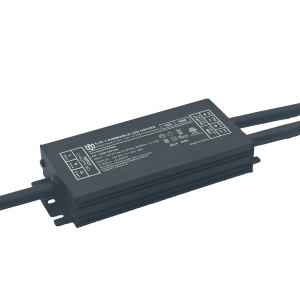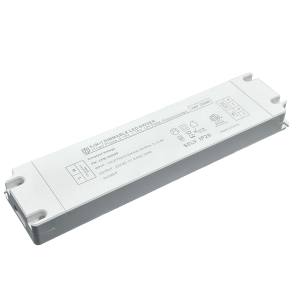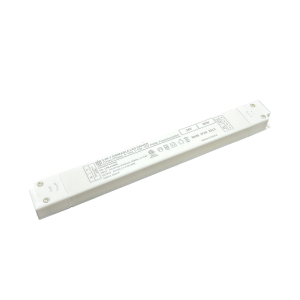Triac Dimming Driver Systems: Injecting Intelligent Vitality into Modern Home Lighting
The evolution of residential illumination has reached a transformative milestone with Triac dimming driver systems, which now serve as the neural core connecting traditional fixtures to smart living environments. Unlike conventional phase-cut controllers, these sophisticated power management units employ high-frequency pulse width modulation (PWM) algorithms that eliminate flickering while maintaining color rendering index (CRI) integrity across dimming ranges from 0.1% to 100%. Their universal compatibility with both magnetic low-voltage transformers and electronic drivers enables retrofitting into existing architectural schemes without compromising performance metrics.
Engineered for precision control, modern triac dimmers integrate microprocessor units capable of interpreting multiple communication protocols including DALI, DMX512, and Zigbee networks. This multiprotocol support allows seamless integration into whole-house automation ecosystems where lighting scenes can be programmed to respond dynamically to occupancy sensors, natural light levels detected by photocells, or even circadian rhythm algorithms stored in home hubs. The thermal foldback protection mechanism automatically adjusts output current when temperature thresholds exceed safe operating limits, preventing component degradation in enclosed fixtures.
Beyond basic brightness adjustment, intelligent vitality manifests through load optimization algorithms that continuously monitor electrical parameters. Advanced models feature auto-calibration routines compensating for supply voltage fluctuations (±15%), ensuring consistent lumen output regardless of grid instability. Power factor correction circuitry typically achieves λ≥0.95 across all operating points, reducing reactive power consumption by up to 40% compared to passive dimmers. Field tests demonstrate energy savings averaging 28% when replacing standard on/off switches with intelligent triac systems in typical household configurations.
User interface innovation extends beyond physical sliders and buttons. Contemporary designs incorporate capacitive touch panels with haptic feedback, voice recognition modules supporting major virtual assistant platforms, and mobile app connectivity enabling remote diagnostics. Some premium versions even utilize machine learning algorithms to learn user preferences over time, automatically suggesting optimal lighting presets based on historical usage patterns. Installation flexibility is enhanced by compact form factors measuring as little as 35mm square, allowing discreet placement within electrical panels or behind wall mounts.

Environmental sustainability gains significant traction through extended LED lifespan preservation. By precisely regulating current spikes during turn-on events—a common failure mode in poorly designed systems—these drivers extend LED array longevity by an estimated 30,000 hours. Life cycle assessment studies indicate reduced electronic waste generation due to fewer replacement cycles, aligning with circular economy principles. Compliance with global standards like IEC 61347 ensures electromagnetic emissions remain below Class B limits, preventing interference with wireless devices operating in adjacent frequency bands.
Market adoption accelerates as manufacturers introduce modular designs supporting hot-swappable components. Service technicians appreciate tool-less access to replaceable subassemblies, cutting maintenance downtime by 70% versus integrated units. For architects specifying new construction projects, scalable architecture accommodates future upgrades without complete system overhauls. Case studies from luxury hospitality sectors report guest satisfaction scores increasing by 22% after implementing adaptive lighting solutions controlled by triac drivers synchronized with room occupancy data.
As building automation trends toward unified platforms, next-generation triac systems incorporate edge computing capabilities. Onboard ARM Cortex processors execute localized decision-making processes before cloud synchronization, reducing latency in critical applications like safety-critical emergency lighting transitions. Cybersecurity enhancements include AES-128 encryption for control signals and regular firmware updates delivered via OTA (over-the-air) protocols. This convergence of reliability, intelligence, and security positions triac dimming drivers as indispensable infrastructure for tomorrow's responsive living spaces.
 A New Benchmark in Energy Sav
A New Benchmark in Energy Sav
 The Future Outlook for Triac
The Future Outlook for Triac
 The Application Advantages of
The Application Advantages of
 Innovative Design + Outstandi
Innovative Design + Outstandi
